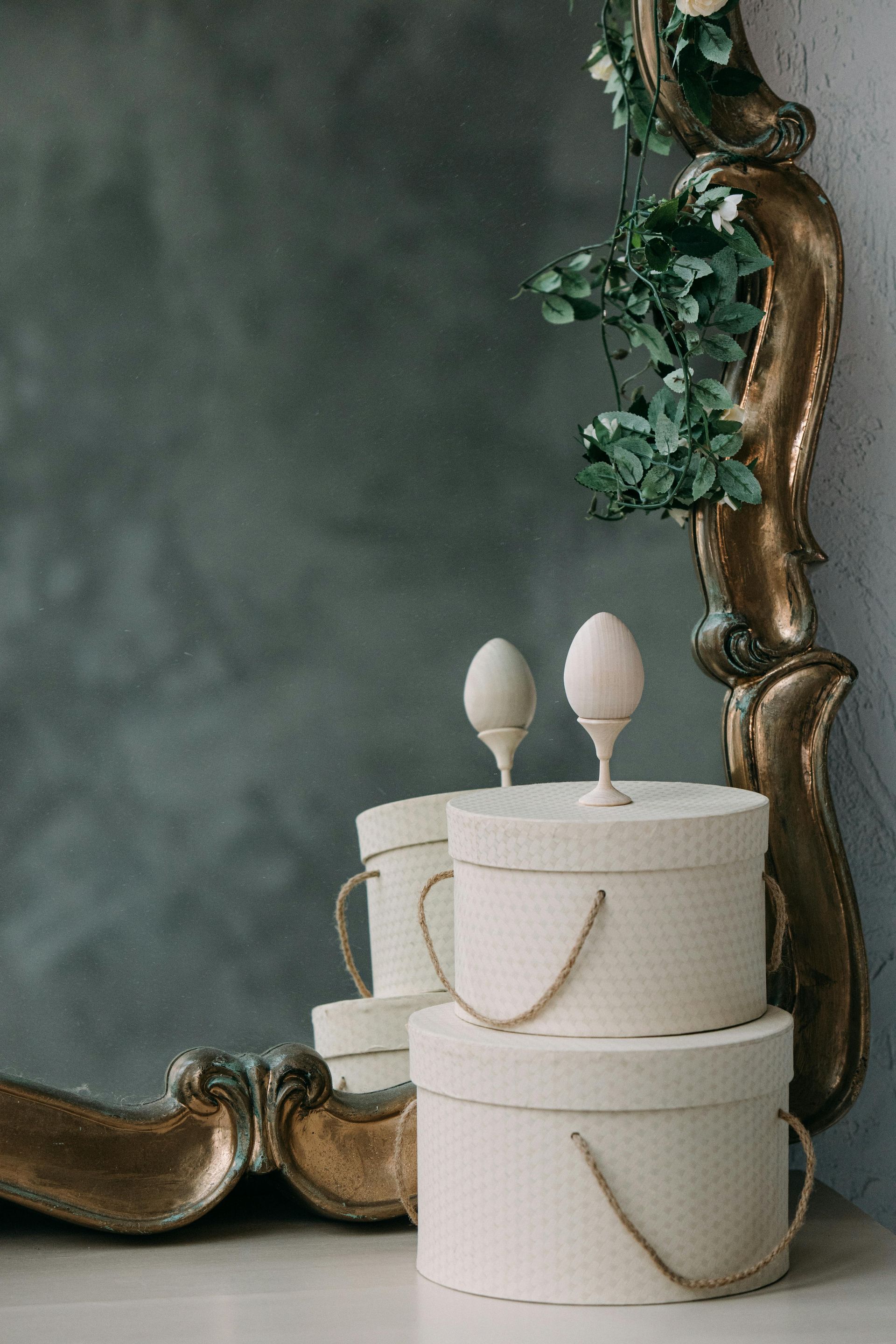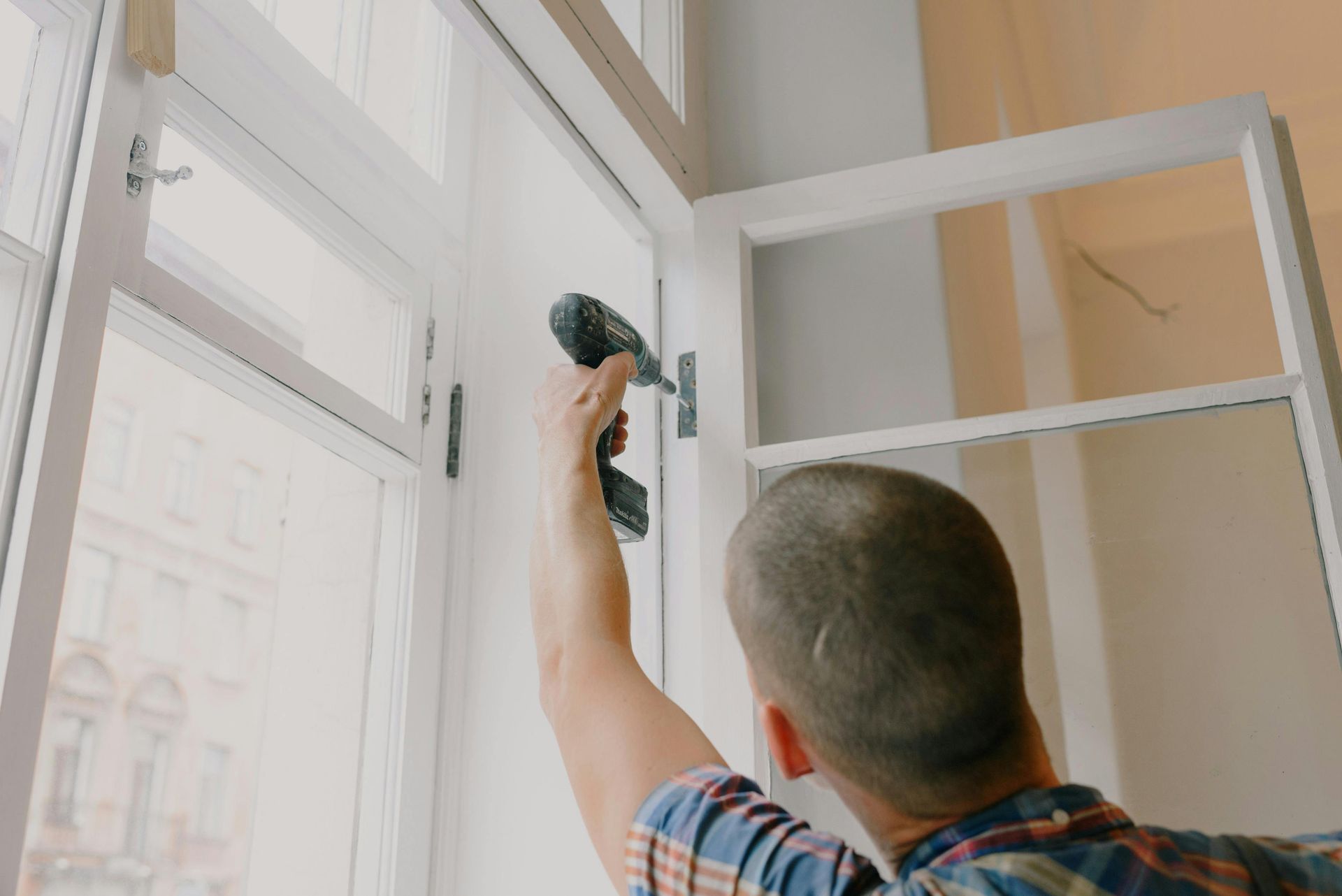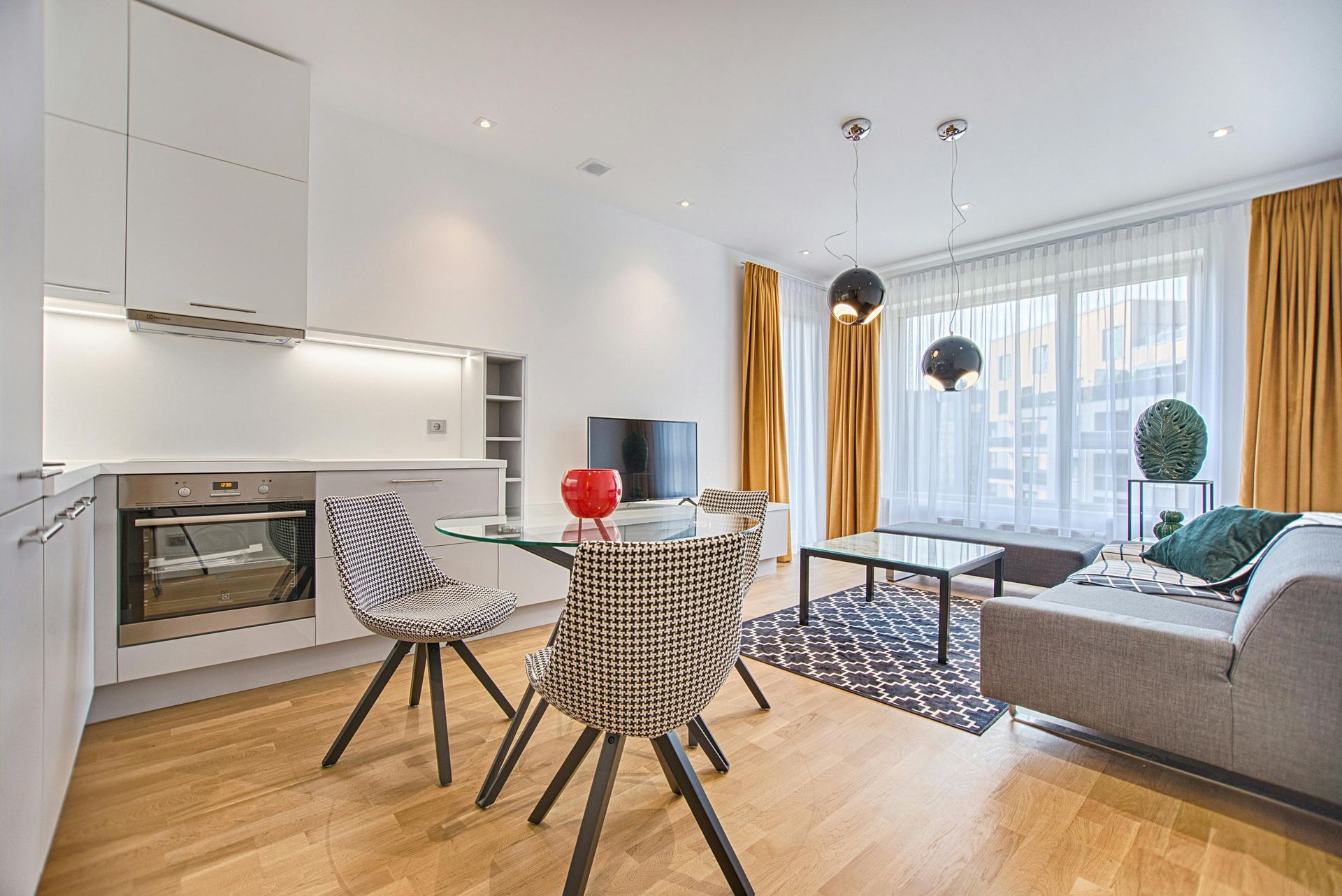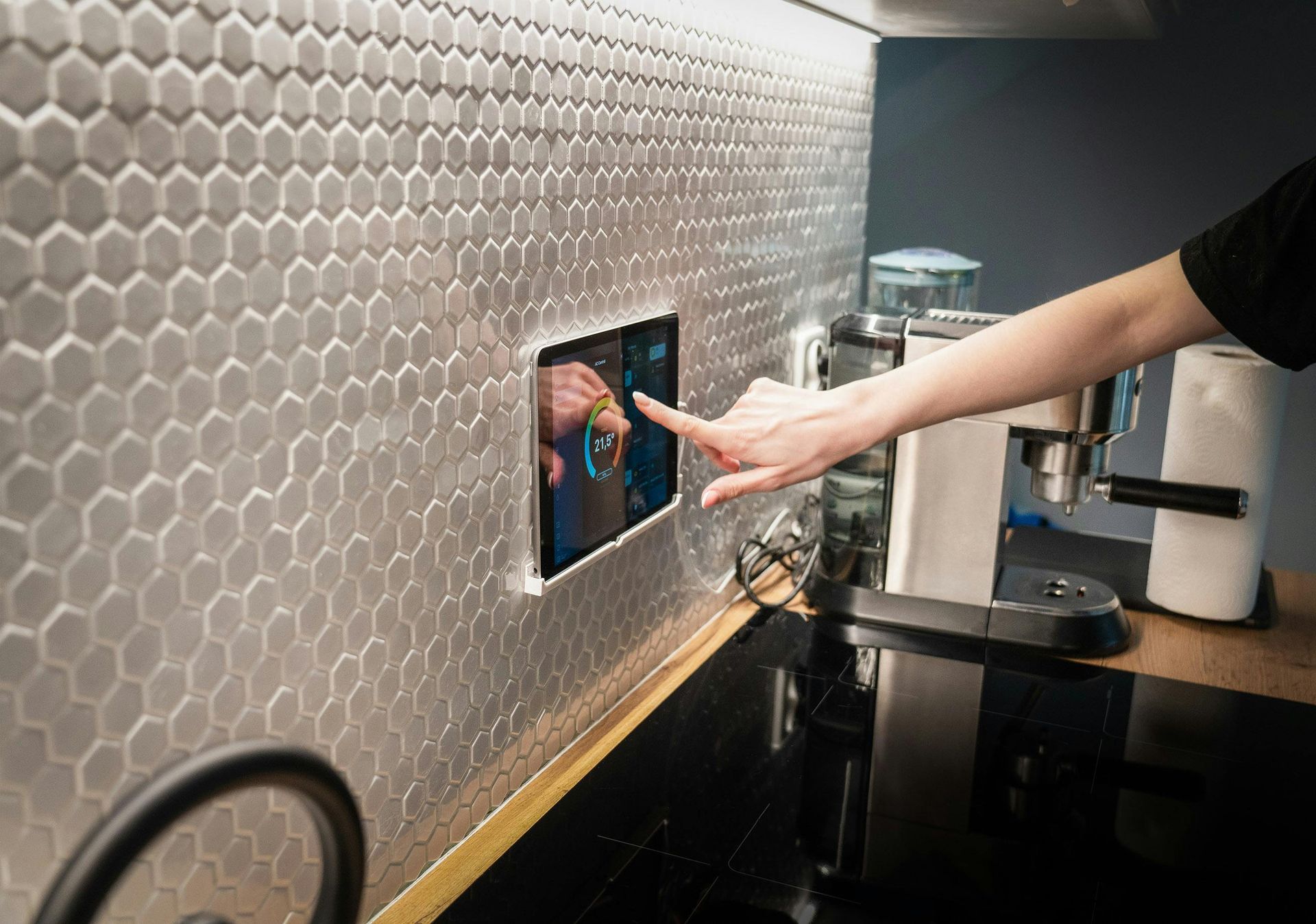The Ultimate Guide to Choosing the Right Color Palette for Your Home Renovation
Choosing the perfect color palette for your home renovation can be a daunting task. With countless options available, it's easy to feel overwhelmed and uncertain about where to start. However, selecting the right colors can make all the difference in creating a cohesive and inviting space that reflects your personal style.
In this comprehensive guide, we'll walk you through the process of choosing the perfect color palette for your home renovation. From understanding color theory to considering your lifestyle and personal preferences, we'll cover everything you need to know to make an informed decision.
Understanding Color Theory
Before diving into the world of color palettes, it's essential to understand the basics of color theory. Colors can be divided into three main categories:
1. Primary Colors: Red, blue, and yellow
2. Secondary Colors: Green, orange, and purple (created by mixing primary colors)
3. Tertiary Colors: Yellow-green, blue-green, and red-violet (created by mixing primary and secondary colors)
Colors can also be classified as:
1. Warm Colors: Evoking warmth and coziness (e.g., orange, red, yellow)
2. Cool Colors: Evoking calmness and serenity (e.g., blue, green, purple)
3. Neutral Colors: Providing a balanced background (e.g., beige, gray, white)
Factors to Consider
When selecting a color palette, consider the following factors:
1. Natural Light: How much natural light does your space receive?
2. Room Size: Larger rooms can handle bolder colors, while smaller rooms benefit from lighter shades.
3. Furniture and Decor: Choose colors that complement your existing furniture and decor.
4. Personal Style: Reflect your personality and lifestyle through your color choices.
5. Color Psychology: Different colors evoke emotions and moods (e.g., blue = calmness, red = energy).
Popular Color Palettes
Here are some popular color palettes to inspire your renovation:
1. Monochromatic: Various shades of a single color
2. Complementary: Colors opposite each other on the color wheel (e.g., blue and orange)
3. Analogous: Colors next to each other on the color wheel (e.g., blue, green, yellow)
4. Neutral and Bold: Pairing neutral colors with bold accents
Tips for Choosing Your Color Palette
1. Start with Inspiration: Collect images, fabrics, or objects that inspire your color palette.
2. Test Colors: Paint samples on walls or use online visualizers.
3. Consider the 60-30-10 Rule: Divide your palette into 60% dominant color, 30% secondary color, and 10% accent color.
4. Don't Forget About Trim and Ceilings: Choose colors that complement your main palette.
5. Seek Professional Advice: Consult with a designer or painter if needed.
Final Thoughts
Choosing the right color palette for your home renovation requires careful consideration of various factors. By understanding color theory, considering your lifestyle and personal preferences, and exploring popular color palettes, you'll be well on your way to creating a beautiful and functional space that reflects your unique style.
Remember, your color palette sets the tone for your entire renovation. Take your time, have fun, and don't be afraid to experiment until you find the perfect combination.
Additional Resources
- Color theory guides
- Online color palette generators
- Interior design blogs and magazines
- Consult with a professional designer or painter
By following this ultimate guide, you'll be equipped to make informed decisions and create a stunning color palette that brings your home renovation vision to life.










